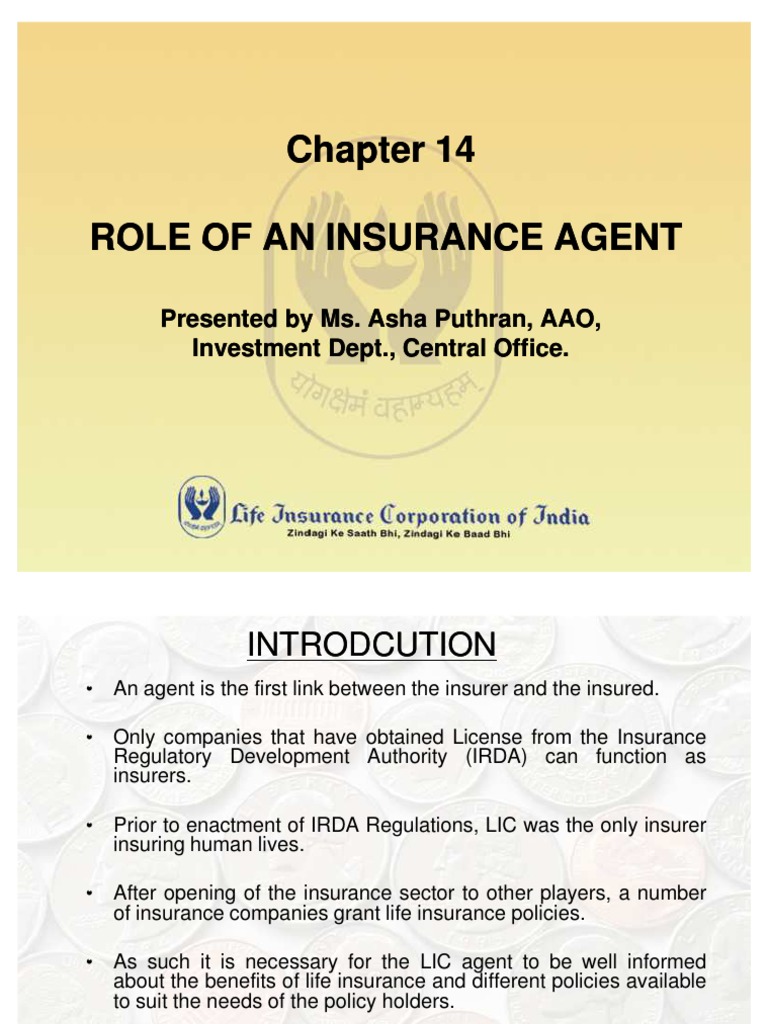6 Easy Facts About Pacific Prime Described
6 Easy Facts About Pacific Prime Described
Blog Article
Indicators on Pacific Prime You Need To Know
Table of ContentsAbout Pacific PrimeOur Pacific Prime StatementsPacific Prime Things To Know Before You Get ThisFacts About Pacific Prime UncoveredSome Of Pacific Prime

This is because the information were collected for a period of solid economic efficiency. Of the estimated 42 million individuals who were without insurance, all however concerning 420,000 (about 1 percent) were under 65 years old, the age at which most Americans end up being qualified for Medicare; 32 million were adults between ages 18 and 65, around 19 percent of all grownups in this age team; and 10 million were children under 18 years of age, about 13.9 percent of all youngsters (Mills, 2000).
These estimates of the variety of individuals uninsured are generated from the annual March Supplement to the Present Populace Survey (CPS), conducted by the Census Bureau. Unless or else kept in mind, nationwide quotes of individuals without medical insurance and percentages of the populace with different kinds of coverage are based on the CPS, the most widely used source of quotes of insurance coverage and uninsurance rates.
Little Known Questions About Pacific Prime.

Still, the CPS is specifically helpful due to the fact that it produces annual price quotes reasonably promptly, reporting the previous year's insurance policy protection estimates each September, and since it is the basis for a regular collection of quotes for greater than two decades, enabling for evaluation of patterns in protection gradually. For these factors, along with the extensive use the CPS in various other research studies of insurance policy coverage that are presented in this record, we count on CPS quotes, with restrictions noted.

The price quote of the variety of without insurance people expands when a populace's insurance policy standing is tracked for several years. Over a three-year duration beginning early in 1993, 72 million individuals, 29 percent of the U.S. https://www.openstreetmap.org/user/pacificpr1me. populace, lacked protection for at the very least one month. Within a solitary year (1994 ), 53 million individuals experienced at least a month without coverage (Bennefield, 1998a)
6 out of every 10 without insurance grownups are themselves used. Although working does improve the likelihood that a person and one's family participants will certainly have insurance coverage, it is not a guarantee. Even participants of households with two permanent wage earners have virtually a one-in-ten opportunity of being uninsured (9.1 percent uninsured rate) (Hoffman and site here Pohl, 2000).
Pacific Prime Can Be Fun For Anyone
New immigrants make up a significant percentage of people without medical insurance. One analysis has connected a considerable part of the current development in the dimension of the united state uninsured population to immigrants who showed up in the nation in between 1994 and 1998 (Camarota and Edwards, 2000). Current immigrants (those who came to the USA within the previous four years) do have a high rate of being uninsured (46 percent), however they and their kids make up simply 6 percent of those without insurance across the country (Holahan et al., 2001).
The connection in between health insurance coverage and access to care is well established, as documented later in this phase. Although the partnership in between health insurance policy and wellness results is neither direct neither easy, a comprehensive medical and health services research study literary works web links health and wellness insurance coverage to enhanced access to care, much better quality, and improved individual and populace health standing.
Degrees of evaluation for checking out the results of uninsurance. This conversation of medical insurance protection concentrates mainly on the united state populace under age 65 due to the fact that virtually all Americans 65 and older have Medicare or various other public insurance coverage. Additionally, it focuses specifically on those without any medical insurance for any size of time.
An Unbiased View of Pacific Prime
The problems dealt with by the underinsured are in some aspects similar to those encountered by the without insurance, although they are normally less severe. Wellness insurance policy, nonetheless, is neither needed neither adequate to acquire access to clinical services. The independent and straight impact of health and wellness insurance protection on access to wellness services is well developed.
Others will get the healthcare they require also without wellness insurance coverage, by spending for it expense or seeking it from suppliers who provide treatment complimentary or at highly subsidized prices. For still others, medical insurance alone does not ensure invoice of care because of various other nonfinancial barriers, such as a lack of healthcare providers in their neighborhood, limited accessibility to transportation, illiteracy, or etymological and cultural distinctions.
An Unbiased View of Pacific Prime
Official research regarding without insurance populaces in the United States dates to the late 1920s and very early 1930s when the Board on the Cost of Treatment created a collection of records about financing doctor workplace visits and hospitalizations. This concern became salient as the numbers of medically indigent climbed during the Great Anxiety.
Report this page